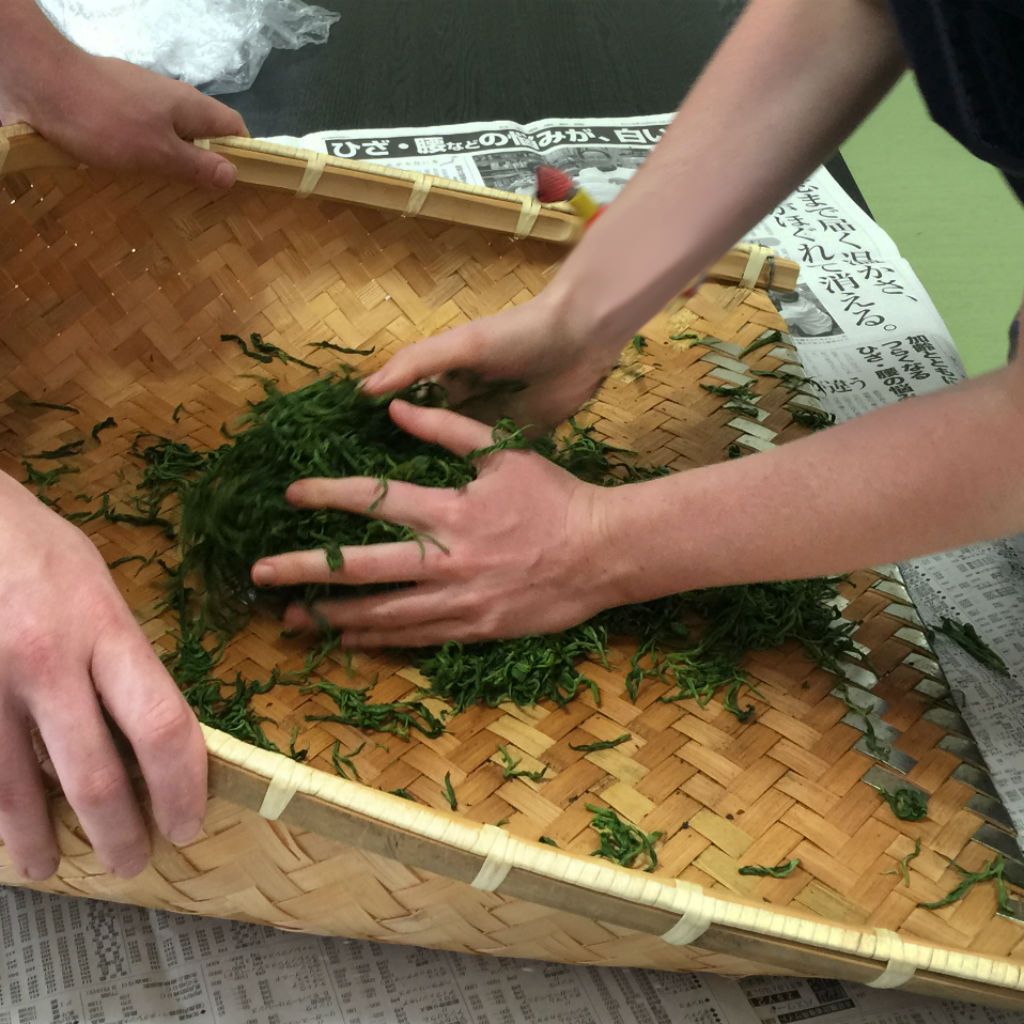Japanese Green Tea Guide
Posted by SALINA - TEAS.COM.AU

Japanese green tea comes in great varieties. Amongst Japanese green tea, Sencha, Bancha and Genmaicha are the 3 most known.
Like most things Japanese, Japanese tea carries a certain level of craftsmanship (quality), which often is reflected in the price.
Japanese green tea generally tastes “grassier” than Chinese green tea, and has a greener brew.
Sencha is the most common Japanese Green tea. Japanese tea is steam treated before further processing to prevent from fermentation. Usually, Sencha tea leaves are steamed for 30 – 40 seconds. The tea that is steamed for 60 – 90 seconds is called “Fukamushi (Deep steamed)” Sencha Sencha is well proportioned in taste, aroma and colour. Fukamushi has a sweeter taste, less aroma and deep green colour. | |
 | Gyokuro is cultivated under shade to prevent from direct sunlight for about 3 weeks before harvest. In such condition, the content of the Amino Acid is increased in the tea leaves. As a result, Gyokuro has a sweeter taste than other Japanese green teas. Gyokuro tastes best brewed at a mild temperature (50ºC – 60ºC). |
 | Bancha is green tea harvested as a 3rd or 4th flush tea between summer and autumn. The leaves are usually bigger and rougher than Sencha. Bancha usually contains mainly leaves and some soft bark. Bancha is low in caffeine. |
 | Genmaicha is usually Bancha mixed with popped brown rice. Genmaicha is soothing to drink, with flavour combines the fresh grassy flavour of green tea with the nutty flavour of the rice. Sometimes Genamicha also contains some tiny popcorn pieces. |
 | Hojicha is roasted tea at high temperature. So the leaves altered from green to brown. It is made from Bancha. Less astringent due to losing catechin during the roasting process. It is low in caffeine, so is popular to drink before going to sleep. |
 | Matcha is a fine, powdered green tea used in Japanese tea-ceremony and flavour foods such as bakery, ice cream and sweets. The tea leaves cultivated under shade to prevent from direct sunlight, same as Gyokuro production. After harvesting, the tea leaves are rolled out before drying and become Gyokuro. But tea leaves are laid out flat to dry, then become Tencha. Tencha can be stone ground to fine powder to make Matcha. Note: only ground Tencha qualifies as Matcha. |
 | Powdered Sencha looks like Matcha, but it is made of Sencha. Sencha tea leaves are cultivated under sunlight, different from Gyokuro and Tencha. So, it includes more catechin than Matcha. The health benefits of catechin are well known such as antioxidants. Powdered Sencha becomes popular among the health-conscious consumers. |
Why do some say Matcha is more healthy than other green tea?
Matcha is grounded Tencha tea leaves to flour like fineness. Since Matcha is in powder form, you ingest the entire leaf absorbing the whole nutrition tea leaves naturally contains.
Vs only 20% - 30% of nutrition of the tea leaf can be taken from if drunk in leaf tea form.
Typical Green Tea Nutritional Makeup:
- water soluble 20% - 30%
Combination of Catechin, Tannins, Flavonoid, Caffeine, Vitamin-C, Vitamin-B2, GABA, Saponin, Pectin, Mineral, L-Theanine - non water soluble 70% - 80%
Fiber, Protein, Carotene, Vitamin-E, Mineral, Chlorophyll
Is the caffeine level high in Matcha green tea, since one is drinking the actual little pieces of tea leaves, compared to normal Sencha?
General Guide to Caffeine Level in a few Green Tea:
- Sencha, Upper class 3.0g / 100g
- Sencha, Lower class 2.4g / 100g
- Powdered Sencha, Organic 2.5g / 100g
CHECK OUT OUR CURRENT JAPANESE TEA OFFERS

AUSTRALIA'S FINEST LOOSE LEAF TEAS
Explore Australia's largest selection of Premium Teas & All-Natural Organic Herbal Blends.


